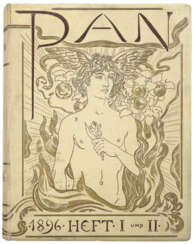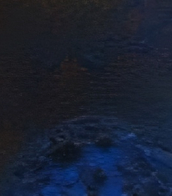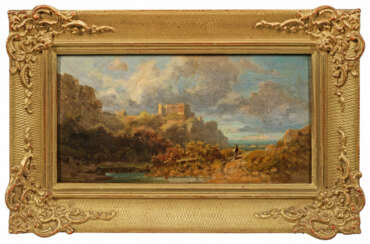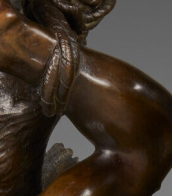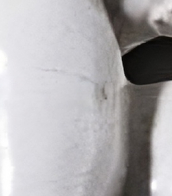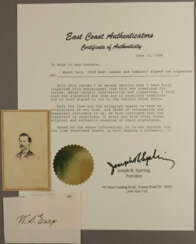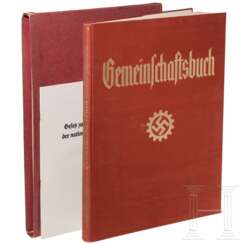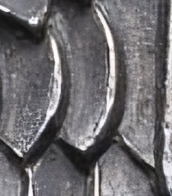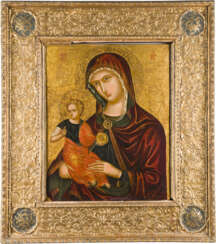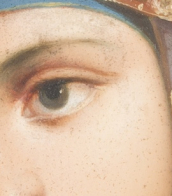9 Items by auctions and galleries:
dokumenta x
Lot 1690 Carl Spitzweg
Carl Spitzweg (1808 - 1885) 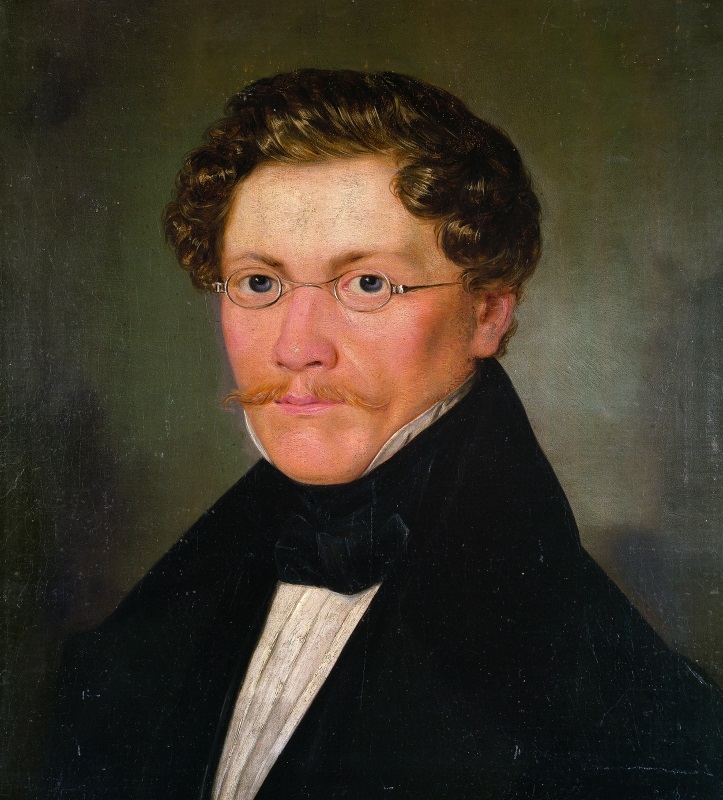 A195: Internationale Kunstauktion — Teil 2
A195: Internationale Kunstauktion — Teil 2 

Carl Spitzweg
05.02.1808 - 23.09.1885
Germany
Carl Spitzweg was a German romanticist painter, especially of genre subjects. He is considered to be one of the most important artists of the Biedermeier era.

Kunstauktionshaus Schloss Ahlden GmbH
A195: Internationale Kunstauktion — Teil 2
Date: 06.12.2025 10:00 UTC +01:00
Number of lots in the catalog: 1053
Lot 1677 Carl Spitzweg
Carl Spitzweg (1808 - 1885)  A195: Internationale Kunstauktion — Teil 2
A195: Internationale Kunstauktion — Teil 2 

Carl Spitzweg
05.02.1808 - 23.09.1885
Germany
Carl Spitzweg was a German romanticist painter, especially of genre subjects. He is considered to be one of the most important artists of the Biedermeier era.

Kunstauktionshaus Schloss Ahlden GmbH
A195: Internationale Kunstauktion — Teil 2
Date: 06.12.2025 10:00 UTC +01:00
Number of lots in the catalog: 1053


